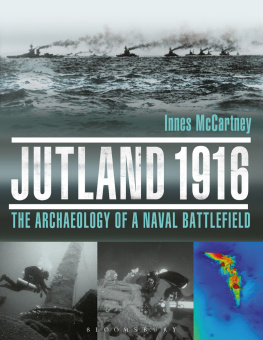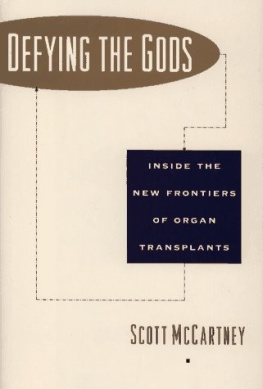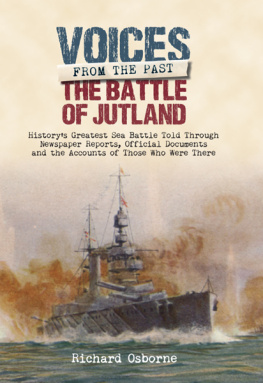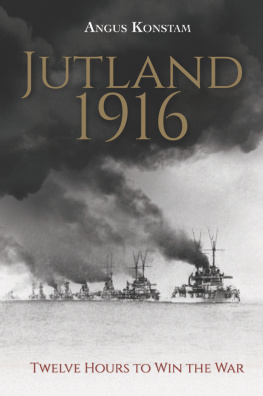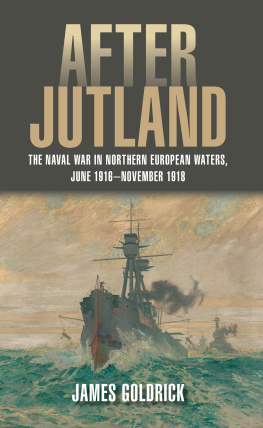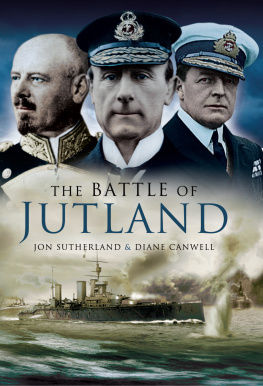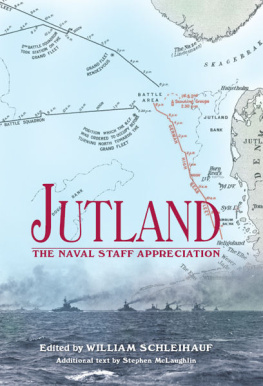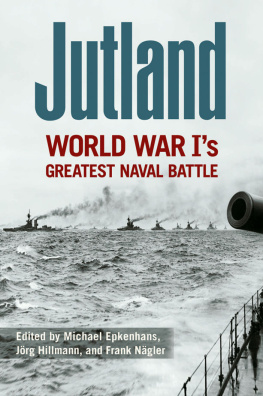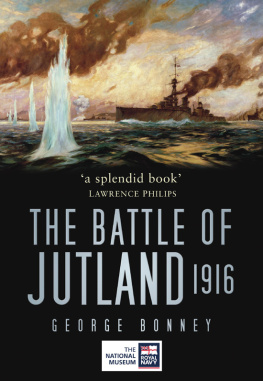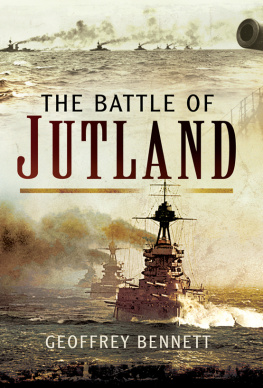
Conway
An imprint of Bloomsbury Publishing Plc
50 Bedford Square | 1385 Broadway |
London | New York |
WC1B 3DP | NY 10018 |
UK | USA |
www.bloomsbury.com
CONWAY and the C logo are trademarks of Bloomsbury Publishing Plc
This electronic edition published in 2016 by Bloomsbury Publishing Plc
First published 2016
Innes McCartney, 2016
Innes McCartney has asserted his right under the Copyright, Designs and Patents Act, 1988, to be identified as Author of this work.
All diagrams and images, unless otherwise indicated, Innes McCartney 2016
All rights reserved
You may not copy, distribute, transmit, reproduce or otherwise make available this publication (or any part of it) in any form, or by any means (including without limitation electronic, digital, optical, mechanical, photocopying, printing, recording or otherwise), without the prior written permission of the publisher. Any person who does any unauthorised act in relation to this publication may be liable to criminal prosecution and civil claims for damages.
No responsibility for loss caused to any individual or organisation acting on or refraining from action as a result of the material in this publication can be accepted by Bloomsbury or the author.
British Library Cataloguing-in-Publication Data
A catalogue record for this book is available from the British Library.
Library of Congress Cataloguing-in-Publication data has been applied for.
ISBN: | HB: | 978-1-84486-416-4 |
ePDF: | 978-1-84486-417-1 |
ePub: | 978-1-84486-414-0 |
To find out more about our authors and books visit www.bloomsbury.com. Here you will find extracts, author interviews, details of forthcoming events and the option to sign up for our newsletters.
Every effort has been made to contact the copyright holders of the illustrations reproduced in this book. If any errors or omissions have inadvertently been made, they will be rectified in future editions provided that written notification is sent to the publishers.
Photograph on title spread: Robert Hunt Library/Windmill Books/UIG via Getty Images.
In memory of the servicemen and civilians
of all nations and services who perished
at sea during the First World War
PREFACE
When I was a child my father bought me a book entitled Great Sea Battles. Within it was Jutland, a battle full of uncertainties and controversies, which sparked a lifelong interest. Back in 2000, when I was first able to dive the wrecks that were then known, this interest took on another dimension and led me to study modern shipwreck archaeology as an academic discipline and ultimately to this book.
It has always felt like an immense privilege to be able to examine the shipwrecks and unravel the mysteries they contain. Over the past 17 years so much has been achieved that now all but two of the ships sunk in the Jutland battlefield have been found and are described here.
Very little of this would have been possible without Gert Normann Andersen. He has had a lifelong fascination with the shipwrecks off the coast of his native Denmark. Gerts company, JD-Contractor A/S, is the largest underwater contractor in Denmark and has been well situated to gather shipwreck data in the waters off the Danish coast.
In marine archaeology, local knowledge is everything and since 2001 Gert and I have shared information. This culminated in 2015 when he graciously invited me to work as his number two on a groundbreaking survey of the Jutland battlefield, the results of which have finally made this book possible.
The chronology of how the wrecks were found and identified begins with the Royal Navy locating the wreck of HMS Invincible in 1919. HMS Black Prince, Queen Mary and the larger wrecks were located by Danish divers, not least Gert in the 1980s. SMS Wiesbaden was probably first located by the German Navy in 1983.
With information from Gert, I was lucky to be among the first dive party to visit HMS Indefatigable and Defence in 2001. HMS Nomad was also located that year. Between 2000 and 2001 I took part in four diving expeditions aboard Deep Blue Divings Loyal Watcher and slowly began to learn what was there.
By 2003 enough was known to make a two-hour television documentary with Ideal World Productions and Channel Four. With assistance from Gert,
I organised and led the underwater filming expedition that was central to the film. The expedition aboard MV Gorm was equipped with a remotely operated underwater vehicle (ROV) and side scanning sonar. This was one of the first times geophysics was employed on the Jutland wrecks. Although primitive, the results of the side scans clearly showed that geophysics was the only way to develop an accurate site map of the larger wrecks if used in the calmest of conditions. They are simply too big to be accurately described by only diving or ROV.

Changing times at Jutland: Getting ready to jump off MV Gorm for a dive on HMS Invincible during the filming of Clash of the Dreadnoughts in 2003.
I made one last attempt to dive at Jutland with Deep Blue Diving in 2007, only to be thwarted by the weather, an ever-present menace in the North Sea. But by then it was obvious that the newer technology of multibeam sonar was what was really needed to drive future discoveries at Jutland because it offered the means to accurately map each wreck site, from which deeper interpretations could be made.

Changing times at Jutland: Gert Normann Andersen aboard MV Vina in April 2015 during the groundbreaking multibeam survey of the Jutland battlefield. Note the very flat sea.
In the years that followed there were several abortive attempts to encourage interest in a multibeam-driven survey of the Jutland wrecks, not least two wasted years of talks with the BBC. Ultimately, it was Gert Normann who came up with a survey plan of his own and invited me to partake. JD-Contractor had acquired a state-of-the-art multibeam system made by EIVA Marine Survey Solutions and it proved to be revelatory. But first we had to wait on standby for nearly three months for a weather window that would give us the flattest of sea conditions in which to work.
The April 2015 survey took place aboard JD-Contractors MV Vina. It remains the only expedition ever to go to Jutland for the sole purpose of gathering archaeological data. In all my previous visits to the battlefield, as a diver, diver guide or television producer, the gathering of pure archaeology had come second to the actual purposes behind the trips. This time archaeology drove the agenda. Over eight days we steamed more than 800 nautical miles and examined 106 seabed anomalies, which turned out to be 76 shipwrecks, with many brand-new finds; among them were at least 22 warships sunk during the Battle of Jutland.
Although I knew the multibeam would be very useful in mapping the larger shipwrecks, I had not expected that we would also locate all but two of the destroyers sunk during the battle. Once all of these sites had been identified, we could accurately map the entire battlefield for the first time. The results of this survey and Gert Normanns huge collection of shipwreck artefacts and ephemera are on display in the newly opened Sea War Museum Jutland in Thyborn, Denmark.

